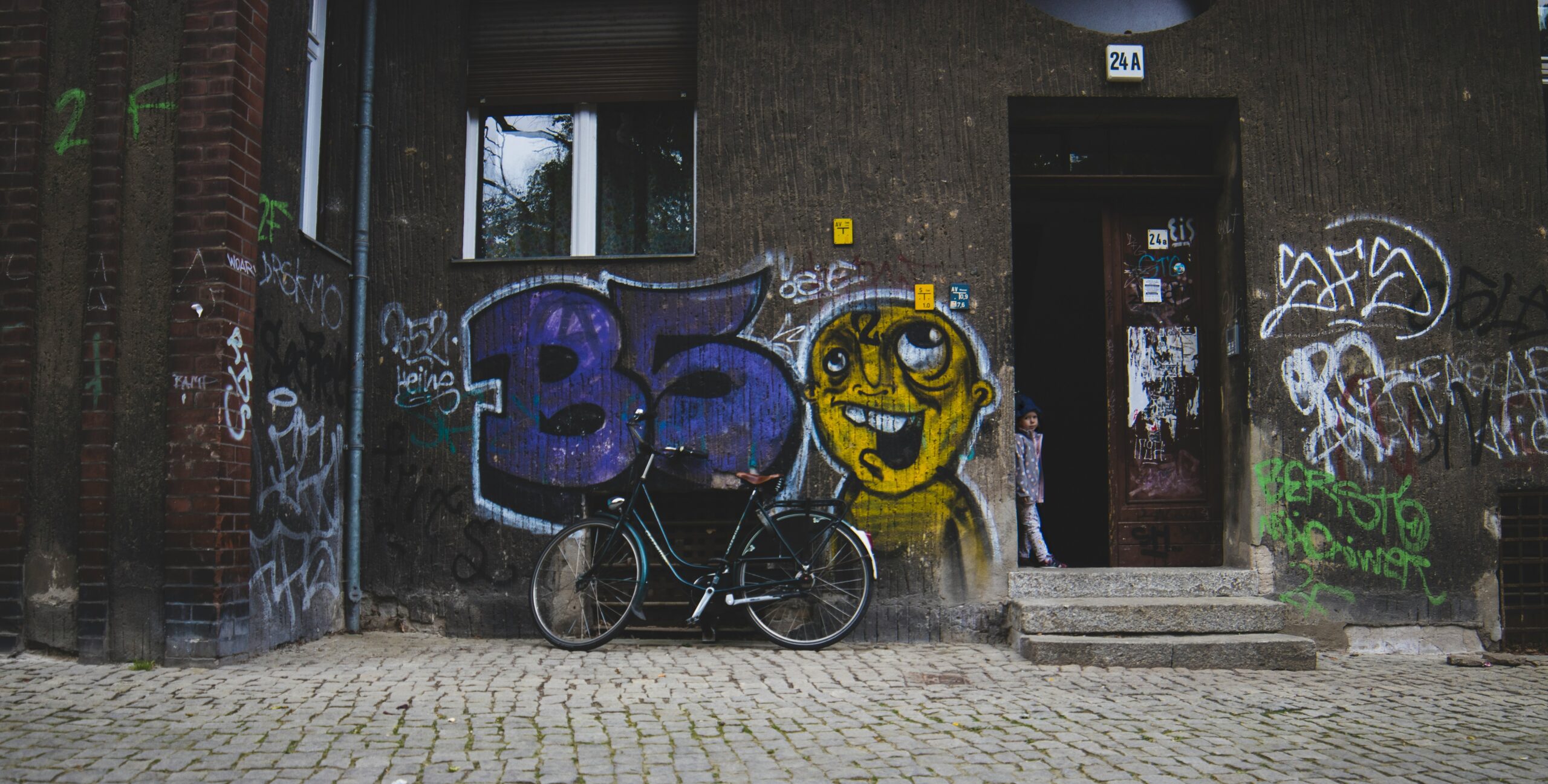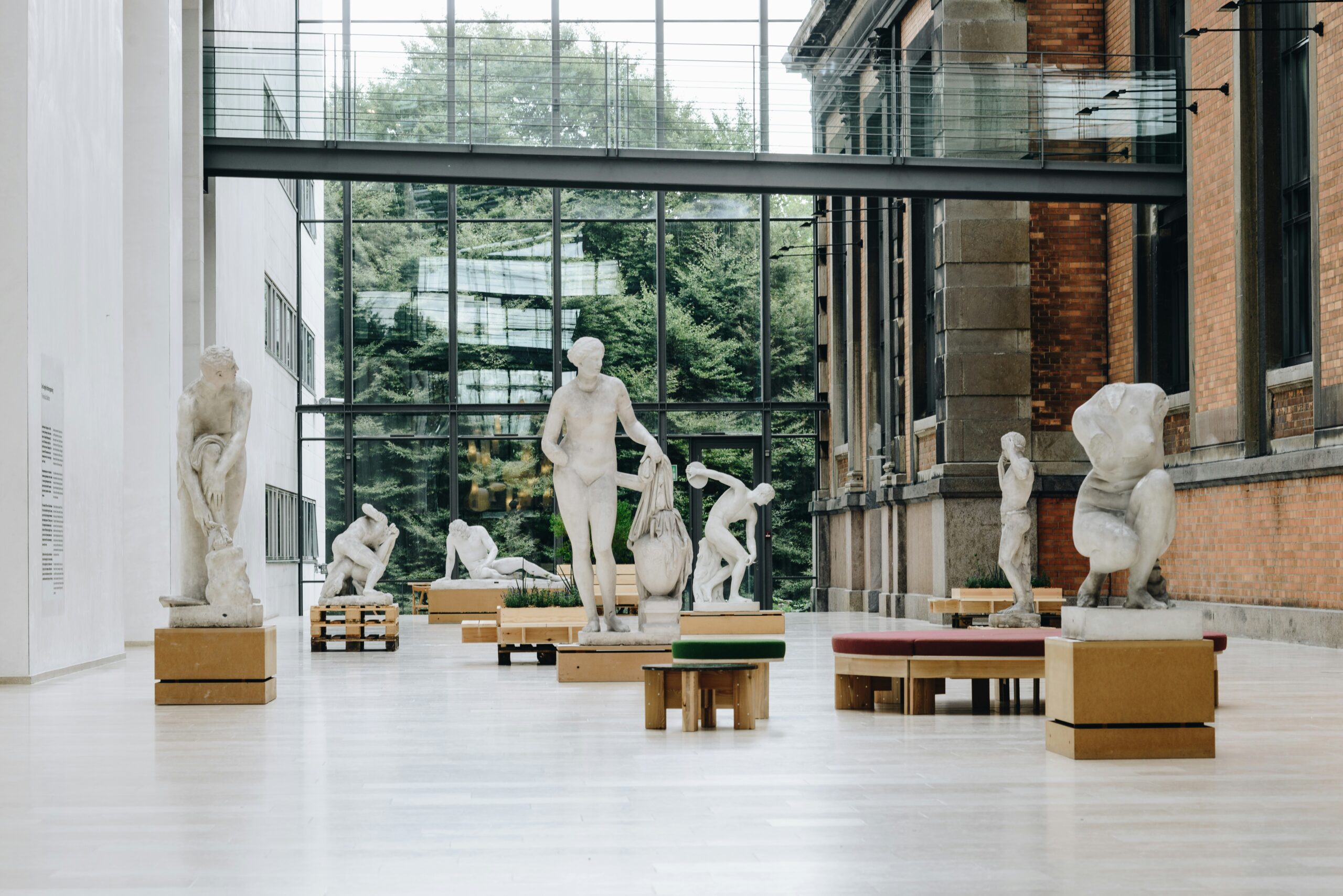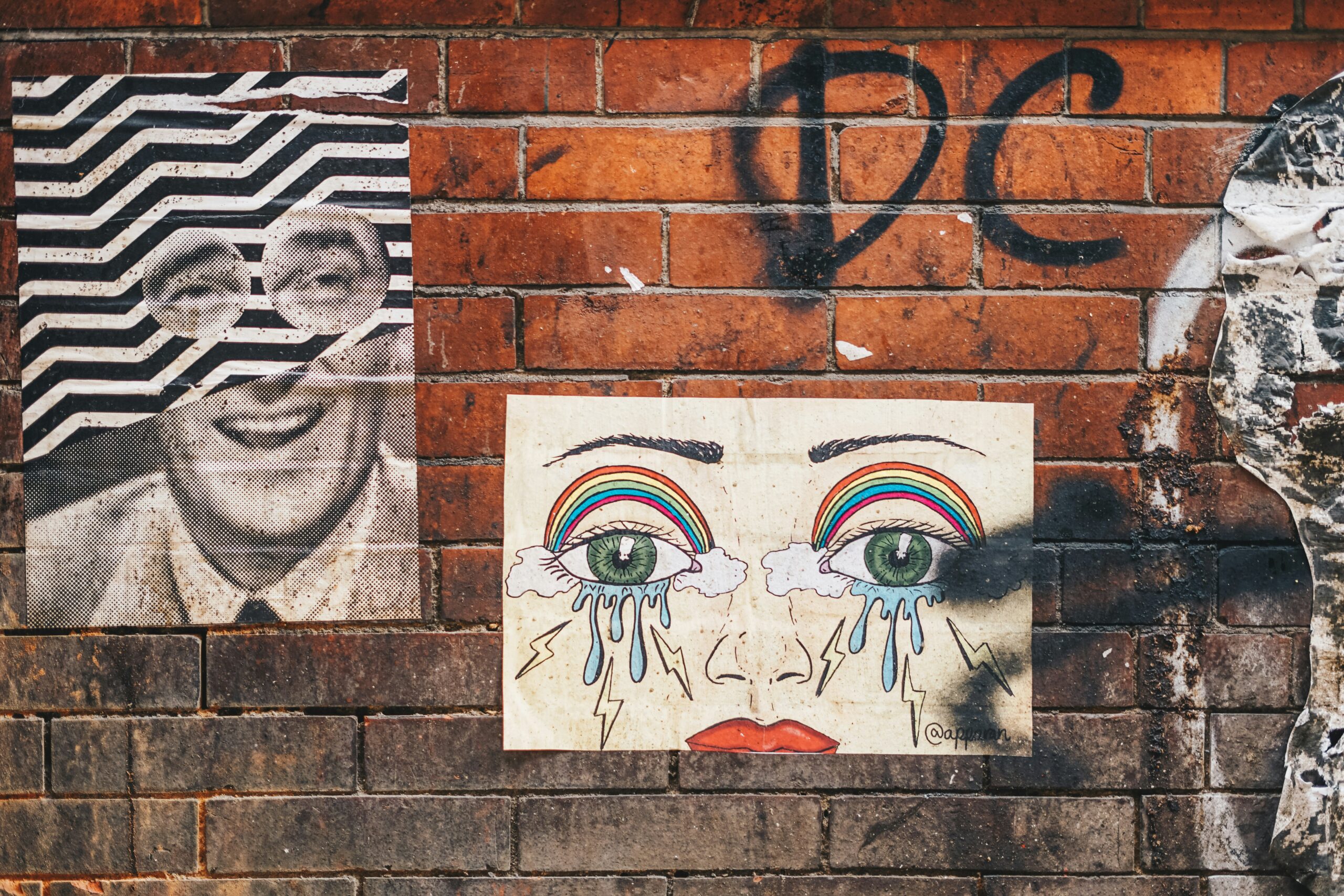Street Art vs Museum: Exploring Differences, Cultural Impact, and Evolving Art Experiences
Whenever I walk through a city, I can’t help but notice how street art transforms blank walls into bold statements. Murals and graffiti bring color and life to unexpected corners, turning everyday spaces into open-air galleries. It feels raw, immediate, and deeply connected to the pulse of the streets.
But stepping into a museum offers a different kind of thrill. I get to experience curated masterpieces, each chosen and displayed with care. There’s a sense of tradition and reverence that comes from viewing art in these quiet, polished halls. The contrast between street art and museum pieces raises questions about where art truly belongs and how we connect with it.
Street Art Vs Museum: Key Differences

Street art and museums differ in public accessibility, display context, preservation, and perception. Public streets showcase art openly, while museums control audience flow and experience through curated exhibitions. I see legal restrictions shaping street art—often unsanctioned or anonymous—contrasted with museums featuring authenticated, protected works. Urban walls visibly weather art, but climate-controlled museum galleries preserve pieces for decades.
| Aspect | Street Art (urban, public spaces) | Museum Art (curated, indoor spaces) |
|---|---|---|
| Accessibility | Immediate, open to all passersby | Restricted, ticketed entry |
| Display Context | Integrated with city architecture | Framed, controlled lighting and viewing |
| Artist Recognition | Often anonymous or pseudonymous signatures | Clearly attributed to known creators |
| Longevity | Vulnerable to weather, removal, vandalism | Conserved under strict environmental controls |
| Legal Status | Frequently unsanctioned, debated as vandalism | Authenticated, documented, licensed |
| Audience Impact | Engages locals and global visitors daily | Engages intentional visitors, art scholars |
I find that many cities treat street art as an evolving cultural statement, while museums select works through institutional standards and art history frameworks. Both platforms influence the perception of value and legitimacy in contemporary art.
If I connect street art with community-driven installations in entertainment districts, I note some casinos invest in large-scale murals and sculptures to boost visual appeal and enhance guest experience. Casinos like The Cosmopolitan of Las Vegas display urban artworks in lobbies, blending public engagement with curated presentation.
The Cultural Impact Of Street Art
Street art changes how people interact with public spaces using creativity visible to everyone. I see it shaping cultural identity while offering platforms for voices outside traditional art institutions.
Accessibility And Audience
Street art draws diverse urban audiences, making art encounters frequent and spontaneous. I notice individuals across age groups, nationalities, and socioeconomic backgrounds stopping to view murals or graffiti in busy city centers. Museums often attract visitors seeking curated experiences, but street art turns entire neighborhoods into open-air galleries. For example, cities like Berlin and São Paulo feature thousands of public artworks, with viewership numbers surpassing local museum attendance.
| Location | Estimated Public Art Pieces | Annual Viewership Estimate |
|---|---|---|
| Berlin | 5,000+ murals/graffiti | 2M+ |
| São Paulo | 10,000+ street artworks | 3M+ |
| New York City | 7,000+ murals/graffiti | 2.5M+ |
| Museum Example | 1,200 artworks | 1.3M |
Social And Political Expression
Street art delivers immediate social and political commentary visible to passersby. I see artists using walls as canvases to address issues like racial injustice, political protest, or local identity. Examples include Banksy’s works spotlighting refugees in Europe or Los Angeles murals highlighting immigration. Museum displays filter similar topics through layers of curation. Street art often incites real-time community dialogue, sometimes sparking public debate or inspiring grassroots movements after rapid installation or viral online sharing.
Street Art In Commercial Urban Venues
Some casinos now commission street artists to create large installations or murals in high-traffic areas. I observe that these integrations increase foot traffic, craft a distinct visual identity, and spark conversations about contemporary art beyond traditional gaming experiences. For instance, MGM Resorts in Las Vegas partnered with artists like Eric Vozzola and D*Face for immersive experiences, blending bold public art with commercial hospitality environments. This trend blurs boundaries between open urban art and curated indoor collections, expanding the reach and recognition of street artists.
The Role Of Museums In Art Preservation

Museums support art preservation by controlling environmental factors and documenting works. I see this approach securing both the physical and historical integrity of art for future audiences.
Curated Experiences
Curated experiences in museums structure how viewers engage with art. I observe curators selecting, categorizing, and contextualizing each piece using scholarly research. Physical layout, lighting, and didactic labels provide visitors with background for works ranging from Renaissance paintings by Leonardo da Vinci to contemporary sculptures by Jeff Koons. Guided tours and audio guides further shape interpretations. Museum settings reduce distractions, encouraging slow viewing and focused reflection that contrasts with the unpredictable atmosphere of public spaces where street art appears.
Comparison Table: Museum Art vs Street Art – Curated Experience
| Factor | Museum Art Example | Street Art Example |
|---|---|---|
| Selection | Picasso’s “Guernica” displayed in Madrid | Eduardo Kobra murals appearing in São Paulo |
| Presentation | Framed, climate-controlled galleries | Outdoor walls and public infrastructure |
| Context | Labels, catalogues, guided interpretation | Ephemeral, immediate public response |
| Audience Flow | Ticketed, regulated entry | Unrestricted, spontaneous pedestrians |
| Interpretation | Curatorial framing, lectures | Community dialogue, social reaction |
Conservation And Legacy
Conservation and legacy define the museum’s approach to long-term art preservation. I find staff employing advanced scientific techniques like X-ray imaging, UV light inspection, and chemical stabilization on diverse media, including oil paintings, ancient textiles, and rare photographs. Climate stability, light regulation, and security protocols help slow natural decay, referenced in Art Institute of Chicago conservation reports. Permanent collections and digital cataloging solidify provenance, creating a reliable legacy and ensuring that works by artists like Yayoi Kusama or Claude Monet reach future generations. Contrasted with street art’s transience, museum practices anchor cultural heritage in institutional memory.
Artistic Value And Authenticity
Artistic value and authenticity appear differently in street art and museum collections. My experience with each context shapes my understanding of what counts as genuine or valuable creative expression.
Perceptions Of Legitimacy
Street art and museum art gain legitimacy through different sources. Street art claims authenticity from its direct engagement with public spaces and communities. Most pieces remain unsigned, like Banksy’s murals in Bristol or the vibrant graffiti of New York City subway cars, which derive credibility from cultural impact instead of institutional approval. Museums establish legitimacy by authenticating works, maintaining provenance records, and displaying art according to expert curation. Major museums like the Metropolitan Museum of Art sustain credibility by acquiring verified pieces and presenting with scholarly input.
| Aspect | Street Art Example | Museum Art Example |
|---|---|---|
| Source of Legitimacy | Community engagement, anonymity | Institutional curation, authentication |
| Authentication | Rarely documented, ephemeral | Detailed provenance, catalogued |
| Public Recognition | Urban murals, ephemeral works | Media coverage, exhibitions |
Innovation And Boundaries
Innovation thrives in both street art and museum art, but follows distinct paths. Street artists experiment with unconventional materials and public canvases; muralists in Sao Paulo and stencil artists in Paris regularly introduce new techniques that reshape cityscapes. Museums foster innovation by encouraging multidisciplinary exhibitions and supporting conceptual art, as seen in installations at MoMA or Tate Modern’s experimental galleries. Boundaries differ: street art challenges property and legal norms, while museums abide by institutional guidelines and cultural policies. Both redefine what society accepts as art, though street art’s adaptive, guerrilla nature emphasizes immediate change and response.
| Innovation Category | Street Art Example | Museum Art Example |
|---|---|---|
| Material Use | Spray paint, wheatpaste, stencils | Bronze, marble, mixed media |
| Contextual Boundaries | Illegal surfaces, public spaces | Structured installations, galleries |
| Artistic Collaboration | Collective murals, tagging crews | Curated group exhibitions |
The Evolving Relationship Between Street Art And Museums

The evolving relationship between street art and museums shows fundamental shifts in how each sector recognizes value, preserves work, and attracts new audiences. Museums now exhibit large-scale street art pieces, such as murals by Banksy or Keith Haring, presenting them as authenticated works within institutional frameworks. These exhibitions drive interest and reach, with London’s Tate Modern and MOCA Los Angeles hosting major retrospectives dedicated to street art since 2008.
Shifting attitudes among museum curators highlight increased collaboration with street artists. I see museums integrating site-specific commissions on their facades and in adjacent urban spaces, merging curated and public art. Interactive digital archives let visitors explore urban art history alongside gallery displays. Such collaborations reveal that institutions now document, research, and collect works that once existed only temporarily in public view.
Artists who built their reputations anonymously on city streets are now offered museum residencies and solo exhibitions. This institutional recognition often legitimizes their careers, raising market value and broadening influence. Museum-backed conservation also preserves celebrated murals from gentrification or weathering, with collaborations transferring notable works—such as fragments of Berlin Wall graffiti and Shepard Fairey murals—into permanent collections.
The crossover sometimes creates debate in street art communities about authenticity, context, and the balance between spontaneous expression and institutional authority. Yet, museum adoption often amplifies social messages embedded in street art, making protest art, calls for racial equality, and community-driven murals visible on a global stage.
Street Art And Museum Integration In Casinos
Casinos increasingly commission street artists to transform their interiors and exteriors, blending curated and public art environments. Resorts World Las Vegas, for example, features large murals by global street artists visible to over 20,000 daily visitors. These projects connect casino audiences to contemporary urban culture, elevating recognition for artists such as D*Face and Vhils. Murals commissioned for casinos sometimes become permanent installations or are rotated like traditional gallery pieces, bridging the transience of street art with curated preservation practices.
Table: Key Differences as Museums Integrate Street Art
| Category | Street Art Origin | Museum/Institution Adaptation | Notable Examples |
|---|---|---|---|
| Location | Urban streets, public spaces | Museum galleries, institutional buildings | Tate Modern’s façade mural, MOCA Geffen warehouse |
| Preservation Approach | Exposed, ephemeral | Climate-controlled, conserved | Banksy’s “Girl With Balloon” in museum collections |
| Context | Unmediated, site-specific | Curated, re-contextualized | Shepard Fairey murals from LA walls to MOCA exhibit |
| Audience Reach | Casual passersby, local communities | Dedicated art audiences, global tourists | Berlin Wall graffiti fragments in global museums |
| Authorship | Often anonymous or pseudonymous | Accredited, researched | Blek le Rat, JR in permanent institutional archives |
Conclusion
As I reflect on the unique worlds of street art and museum art I see how each offers its own rich rewards. Street art energizes city life and sparks conversations right where people live while museums provide a haven for reflection and discovery.
Both forms push boundaries and invite us to reconsider where art belongs and who it serves. Whether I’m walking through a bustling street or a quiet gallery I’m reminded that art’s true power lies in its ability to connect us challenge us and inspire us—wherever we find it.
Frequently Asked Questions
What is the main difference between street art and museum art?
Street art is created in public spaces, making it directly accessible and often unsanctioned, while museum art is displayed in curated, controlled environments. Museum art is preserved and documented, whereas street art is more temporary and exposed to the elements.
Why is street art considered more accessible than museum art?
Street art is found in everyday urban environments, requiring no admission and making art encounters spontaneous for anyone passing by. In contrast, museum art is accessible mainly to those who visit the institution, often with entry fees and specific hours.
How do museums preserve art compared to street art?
Museums use advanced techniques to control temperature, humidity, and lighting, ensuring artworks are protected for the future. Street art, however, is outdoors and exposed to weather, pollution, and potential vandalism, making it more vulnerable and short-lived.
What impact does street art have on local culture?
Street art can shape local identity, spark community dialogue, and bring visibility to social and political issues. It often reflects the voices of people outside traditional art institutions and fosters a sense of shared space and collective expression.
Are street artists recognized in museums?
Yes, museums increasingly exhibit street artists’ works, sometimes commissioning murals or featuring interactive archives. Institutional recognition can legitimize street artists, raising their profiles and giving their work a broader platform.
How do audience experiences differ between street art and museum art?
Street art provides spontaneous, unfiltered encounters in public spaces, while museums offer structured, guided engagement through curated exhibitions and interpretations by experts. These different contexts influence how viewers connect with the art.
Why are cities like Berlin and São Paulo important for street art?
These cities host thousands of public street artworks, attracting millions of viewers—sometimes more than local museums. Street art is a visible and celebrated part of their urban culture, drawing tourists and inspiring creative communities.
Is street art accepted in commercial spaces like casinos?
Yes, some commercial venues now commission large-scale street art installations to enhance guest experiences and connect with contemporary culture. This trend blurs the lines between public art and curated collections, expanding recognition for street artists.
Does exhibiting street art in museums change its meaning?
Placing street art in museums gives it institutional context, which can amplify its social message but also changes the way it is perceived—shifting it from spontaneous public expression to curated, preserved legacy.
What challenges come with preserving street art?
Street art is difficult to preserve due to its outdoor location and often impermanent materials. Efforts to preserve it can include digital archiving, relocation, or protective measures, but much of street art remains transient by nature.
